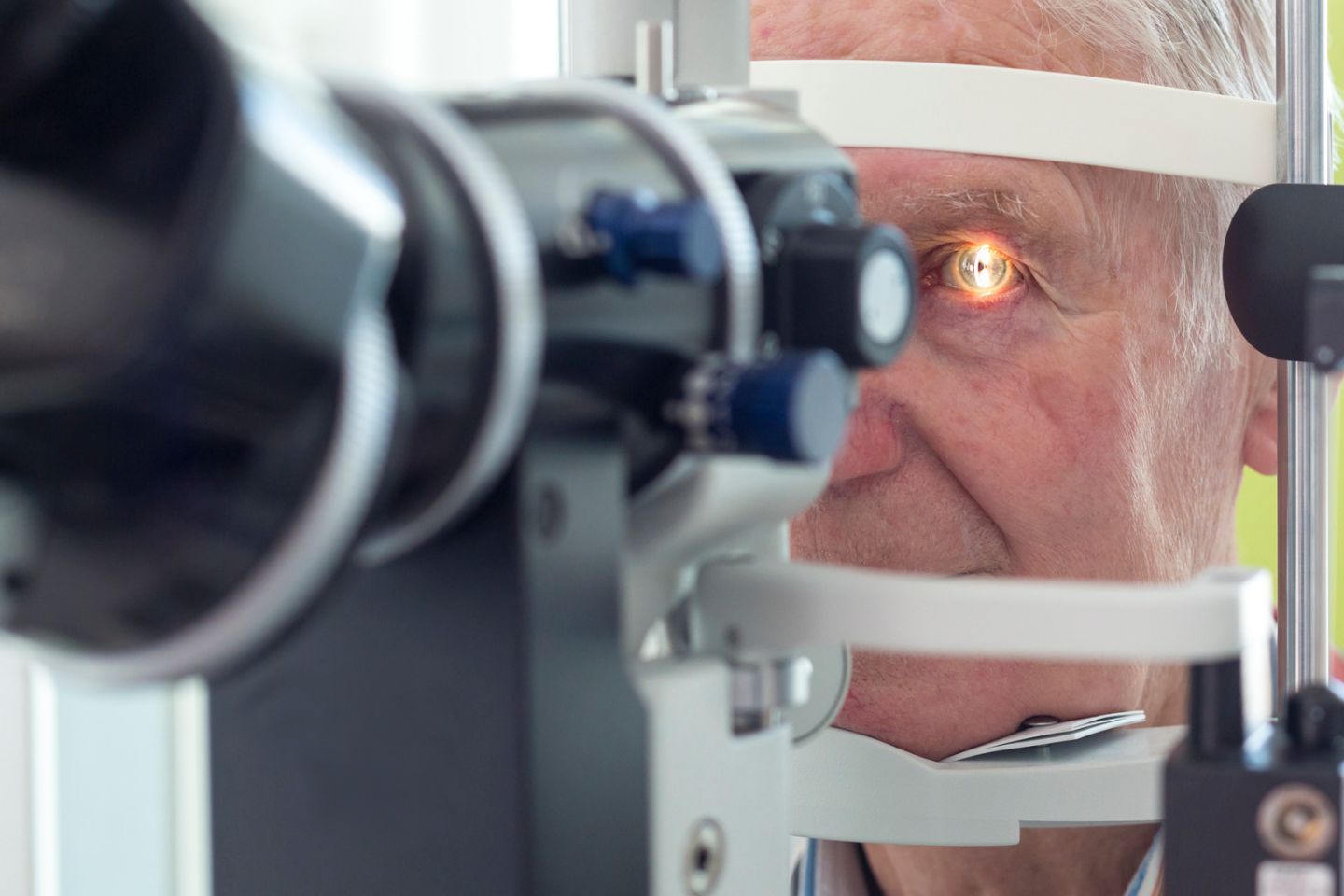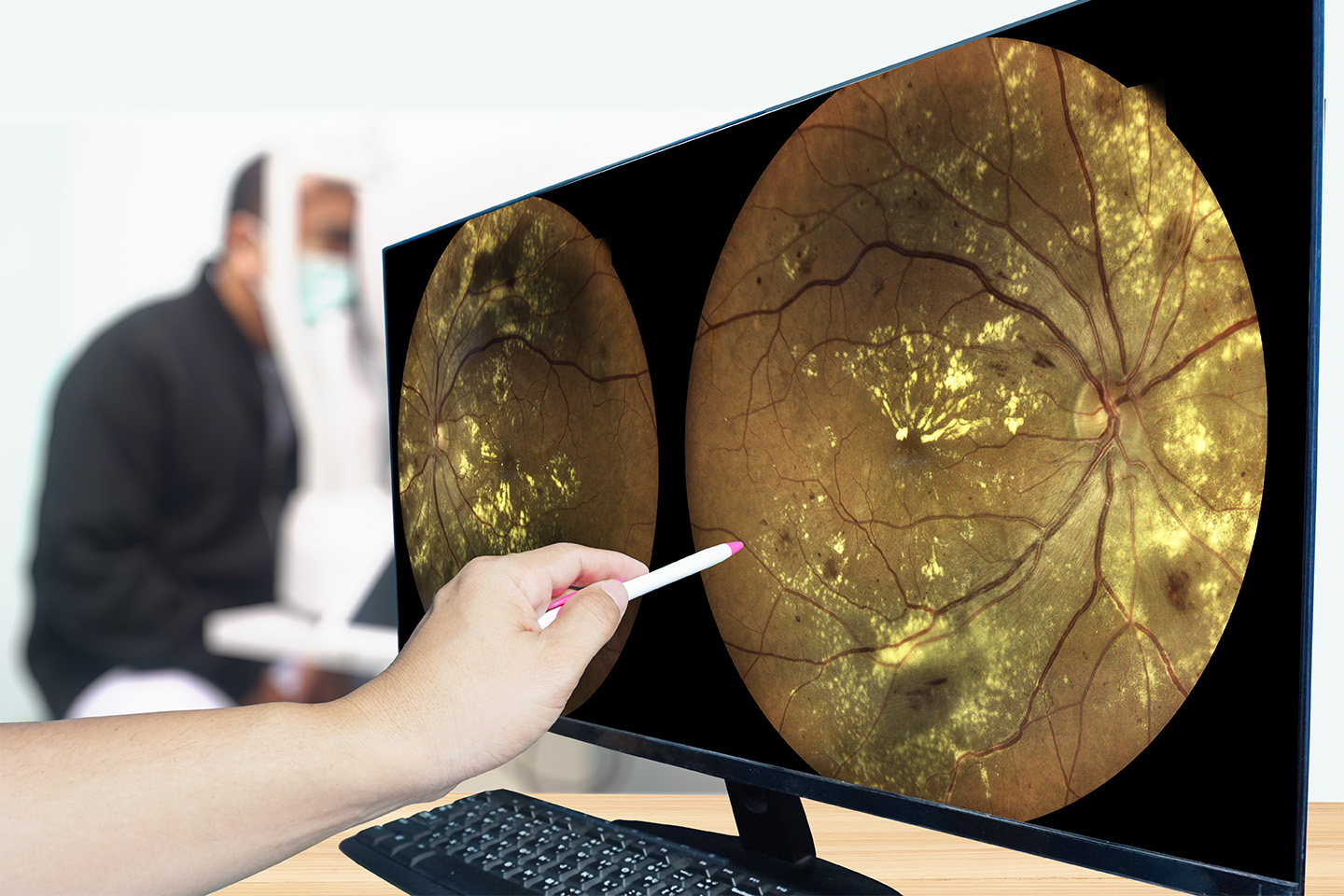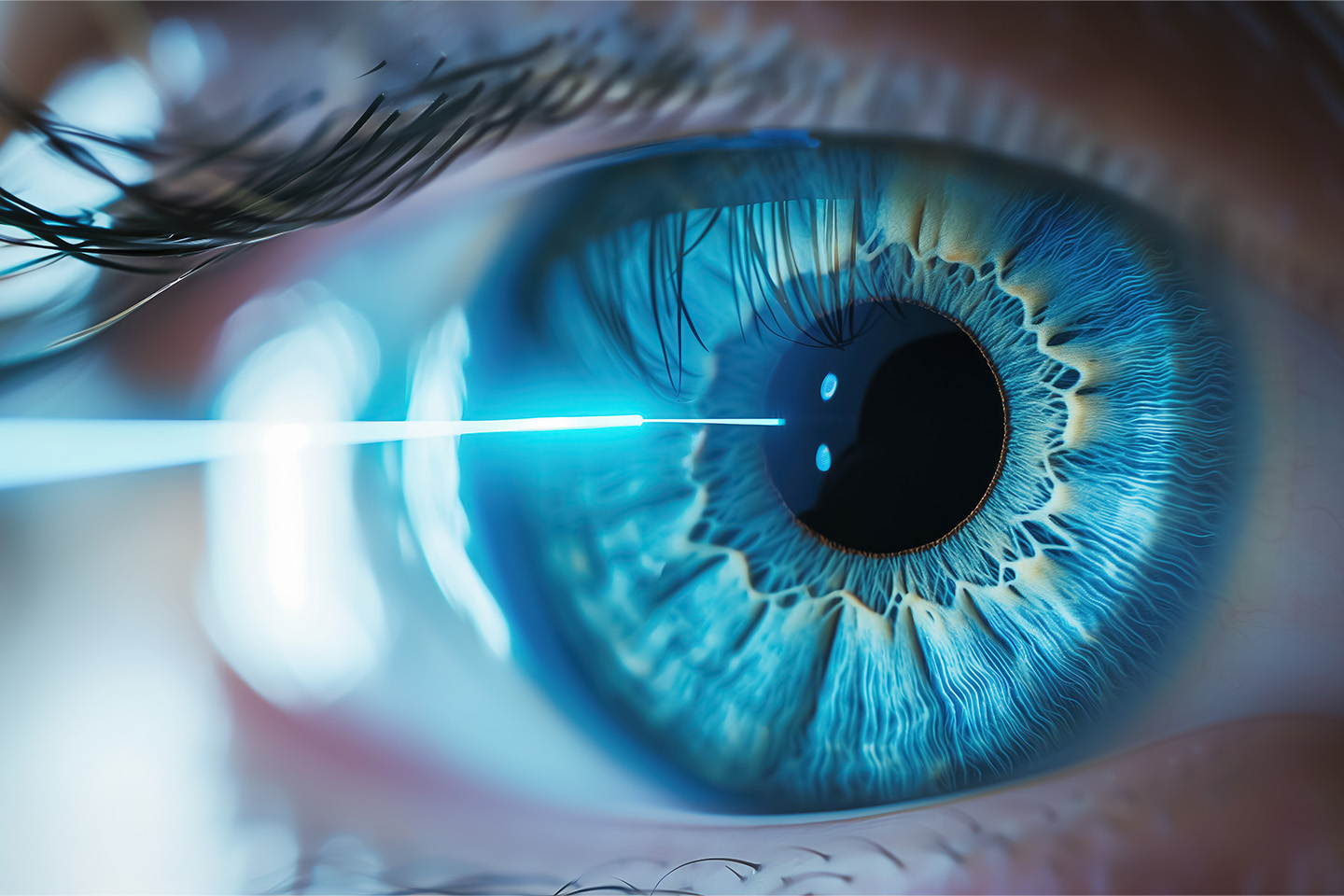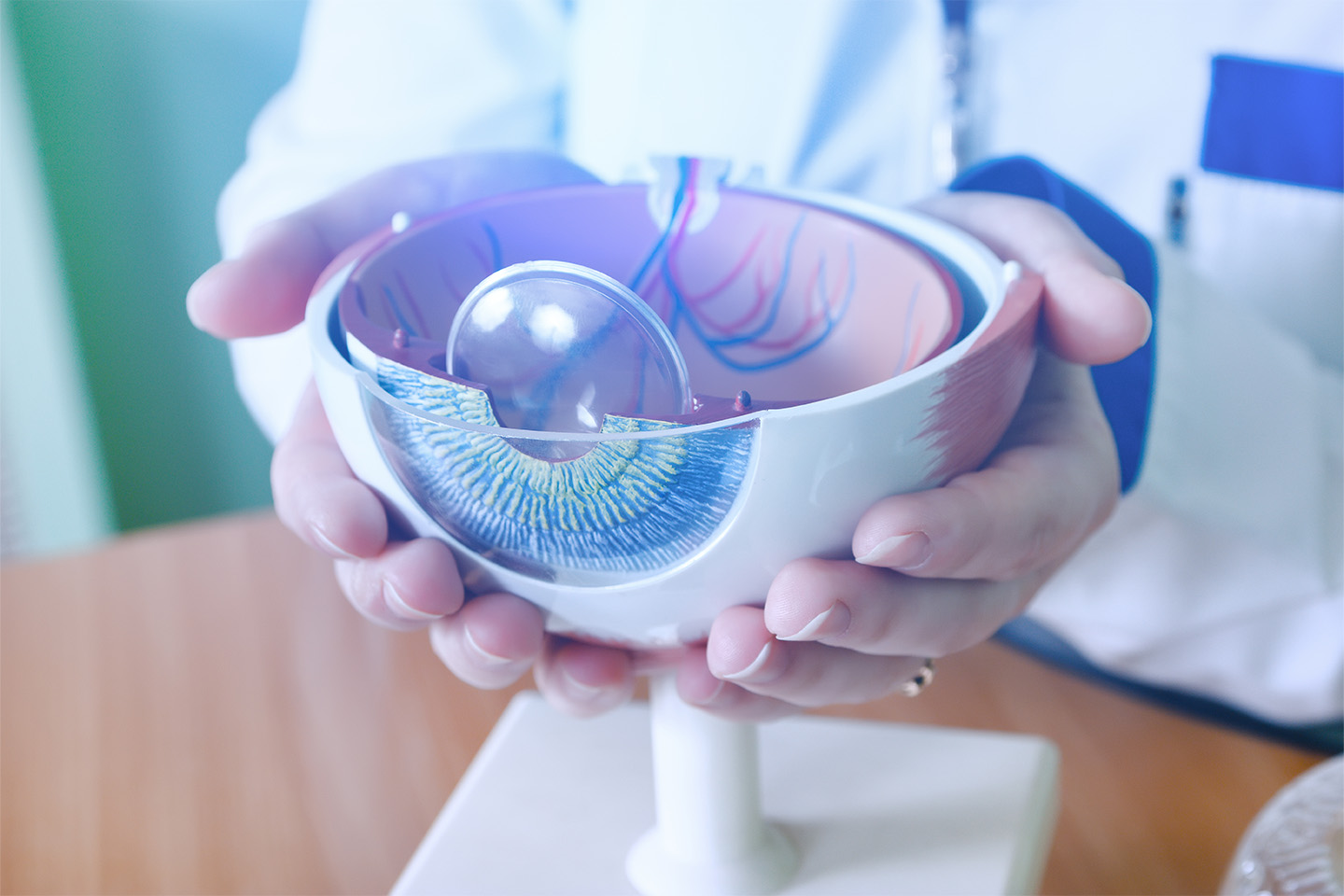Keep an Eye on Early Signs of Cataracts

Our eye health and vision often change naturally as we age, so it’s important to watch for any differences that may occur to your sight. Some eye conditions, like cataracts, can be very slow to progress but may lead to complete vision loss if not treated. The experts at ICON Eyecare are here to help and are committed to protecting your vision.
What Are Cataracts?
Cataracts are very common: Approximately half of all Americans develop the condition by the age of 75. A cataract is a cloudy area in the eye lens, which is the flexible inner part of the eye that bends and focuses light on the retina to create a sharp image. In healthy eyes, the lens is clear. With cataracts, proteins that allow light to filter through the lens begin to break down and clump together. This causes the lens to become cloudy, leading to blurry, hazy, or dim vision. Cataracts can affect one or both eyes and, without treatment, can cause vision loss over time.
Types of Cataracts
Cataracts aren’t all the same; there are different types that affect different parts of your lens.
- A nuclear cataract is the most common type of cataract. This type develops in the central part of the lens and is typically age-related.
- Cortical cataracts develop around the outer edge of the lens and gradually grow to the center.
- Posterior subcapsular cataracts form in the back of the eye lens behind the capsule that holds the lens in place and typically progress more quickly than the other types.
Risk Factors for Developing Cataracts
Cataracts typically develop naturally with age, beginning in your late 40s and early 50s. Due to their slow progression, however, they often don’t become noticeable until you’re in your 60s. Other factors that are unrelated to age can also increase the risk of developing cataracts. These include:
- Certain medical conditions, like diabetes, obesity, or high blood pressure
- Some medications used to treat medical conditions
- A family history of cataracts
- Trauma to the eye from an injury or previous eye surgery
- Exposure to sunlight without proper protection
- Smoking and excessive alcohol use
Cataracts can’t be prevented, but you can take steps to help mitigate their effects. Eating a diet rich in nutrients to promote eye health, managing medical conditions, wearing UV-blocking sunglasses, and getting regular eye exams can all help slow cataract progression.
Early Signs and Symptoms of Cataracts
It’s always important to be aware of your eye health, especially if you may be at risk for cataracts. This condition can progress so slowly that it may be years before you begin to notice even subtle changes to your vision. Early warning signs of cataracts can include:
- Clouded or blurry vision
- Muted or dim colors, or seeing images with a yellow or brown tinge
- Double vision
- Sensitivity to light
- Reduced vision at night
- Seeing halos or rings around bright lights
- More frequent changes to your eyeglass or contact lens prescription
Diagnosing Cataracts
Cataracts can be diagnosed by an ophthalmologist or optometrist using any of these routine diagnostic tests:
- A visual acuity test to gauge your ability to see letters from a distance
- A slit-lamp examination to evaluate the cornea, lens, and iris
- A retina exam to examine the back part of your eye after the eye is dilated
It’s important to schedule an appointment if you notice any changes to your vision or experience any of the signs of cataracts. Our cataract self-test may be able to help you identify if you’re experiencing these symptoms.
Treating Cataracts
Cataracts can be managed in early stages by using brighter lights, wearing anti-glare sunglasses, or updating your contact lens or glasses prescription. However, they can ultimately be corrected only with cataract surgery. Millions of cataract surgeries are successfully performed each year.
There are different types of surgery to allow for options best suited for your unique needs. Most surgeries use a process called phacoemulsification, during which the eye surgeon removes the cataract through a microscopic incision. This procedure eliminates the need for sutures or patches after the surgery.
All surgical options involve the removal of the eye’s natural lens and replacing it with an artificial one called an intraocular lens, which is made of plastic, acrylic, or silicon.
Our expert team of surgeons at ICON Eyecare are proud to use advanced technology for the highest quality, customizable treatment possible.
Don’t Compromise on Quality
The trusted team of doctors at ICON Eyecare are ready to work together with you to promote healthy and clear vision. We’re trained to diagnose and treat cataracts quickly and efficiently and are proud to use the most advanced technology, including the latest cataract lens implants, to ensure your safety, comfort, and outcomes. There’s no need to compromise on quality when it comes to your eye health. Request your appointment today with your local cataract surgery experts.
[DISPLAY_ULTIMATE_SOCIAL_ICONS]








